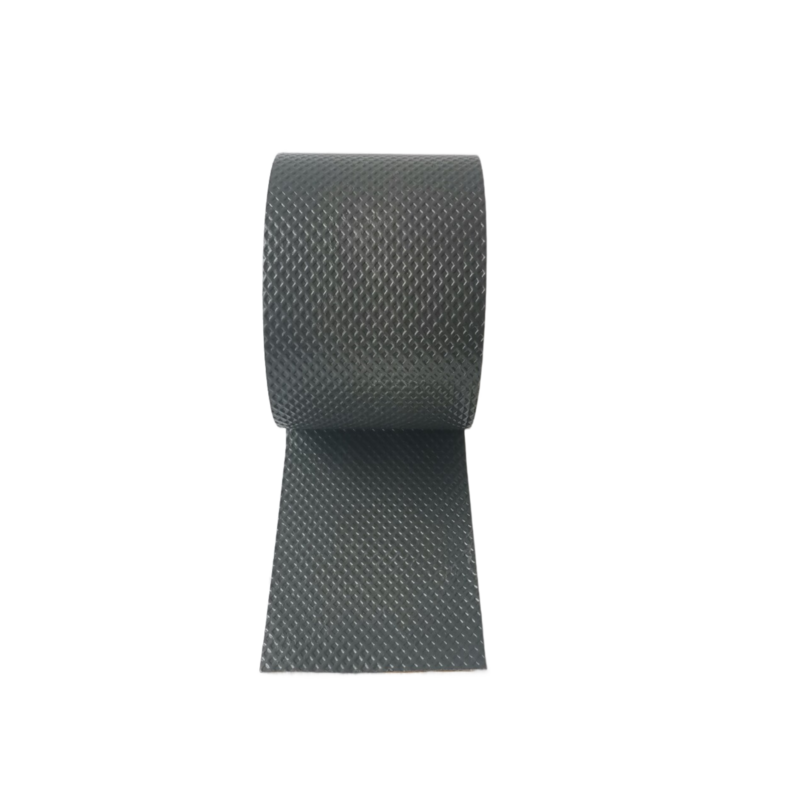Understanding Door Seal Adhesive Strips A Comprehensive Guide
In the world of home improvement and energy efficiency, door seal adhesive strips are often an overlooked element, yet they play a crucial role in enhancing comfort and reducing energy costs. These strips are designed to provide a tight seal around doors, preventing drafts and keeping temperature-controlled air inside your home while keeping unwanted elements outside. In this article, we will explore the various types of door seal adhesive strips, their benefits, installation procedures, and maintenance tips.
Types of Door Seal Adhesive Strips
There are several varieties of door seal adhesive strips, each designed to meet specific needs. The most common types include
1. Foam Tape Strips Made from durable foam material, these strips are ideal for sealing gaps around doors. They are easy to install and compress well to create an effective barrier against drafts.
2. Vinyl or Rubber Strips These are often more robust than foam options and provide excellent durability. They are particularly effective in extreme weather conditions and are resistant to wear and tear.
3. Magnetic Strips Typically used for screen doors, magnetic adhesive strips provide a convenient way to keep insects out while allowing easy entry and exit. The magnets create a tight seal when the door is closed.
4. Bulb Weatherstripping This type features a rounded shape that creates a snug fit against the door frame. It is particularly effective for exterior doors exposed to harsh weather.
Benefits of Using Door Seal Adhesive Strips
The advantages of installing door seal adhesive strips are manifold
- Energy Efficiency By preventing drafts, these strips can significantly reduce heating and cooling costs. A well-sealed door ensures that your HVAC system works more efficiently.
- Increased Comfort A draft-free environment translates to a more comfortable home, especially during extreme temperatures. Your living space will maintain a consistent temperature, enhancing overall comfort.
- Noise Reduction Door seal strips can also act as sound barriers, reducing outside noise and creating a quieter indoor environment.
- Pest Prevention A good seal helps keep unwanted pests, such as insects and rodents, from entering your home, promoting better hygiene and safety.
door seal adhesive strip

Installation Process
Installing door seal adhesive strips is a straightforward process that most homeowners can handle themselves
. Here’s a simplified guide1. Measure the Gaps Use a tape measure to determine the width of the gaps around your door frame.
2. Choose the Right Strip Select an adhesive strip that best fits your needs based on size and material.
3. Cut to Size Use scissors to cut the strips to the desired length.
4. Clean the Surface Ensure that the frame and door are free from dust and grease to ensure a strong bond.
5. Peel and Stick Remove the backing from the adhesive and press the strip firmly into place, making sure that it aligns perfectly with the door frame.
6. Test the Seal Close the door to check for gaps. Adjust the seal as necessary for optimal performance.
Maintenance Tips
Maintaining your door seal strips is essential for longevity and effectiveness
- Regular Inspection Periodically check the seal for deterioration, such as cracking or peeling. Replace any damaged sections promptly.
- Cleaning Wipe down the strips with a mild detergent to remove any accumulated dirt or grime, ensuring they maintain optimal adhesion.
- Seasonal Adjustments Consider adjusting or replacing strips seasonally, especially in areas with extreme weather changes that may affect the integrity of the adhesive.
In conclusion, door seal adhesive strips are a simple yet effective solution for improving your home’s energy efficiency, comfort, and overall functionality. By understanding the types available, the benefits they offer, and the proper installation methods, homeowners can take significant steps toward creating a more comfortable and efficient living environment. Investing a little time and effort into this home improvement project can lead to substantial savings and an enhanced quality of life.
-
XIANGFAN Rubber Tape-Ultimate Solutions for All Your Insulation NeedsNewsJun.24,2025
-
XIANGFAN Rubber Tape-Protection for Industrial and Residential ApplicationsNewsJun.24,2025
-
XIANGFAN Rubber Tape: Superior Safety and Sealing for Demanding EnvironmentsNewsJun.24,2025
-
XIANGFAN Rubber Tape: Reliable Solutions for Every Electrical ChallengeNewsJun.24,2025
-
XIANGFAN Electrical & Industrial Tape: Powering Reliability Across IndustriesNewsJun.24,2025
-
XIANGFAN Electrical & Industrial Tape: Excellence in Every ApplicationNewsJun.24,2025
